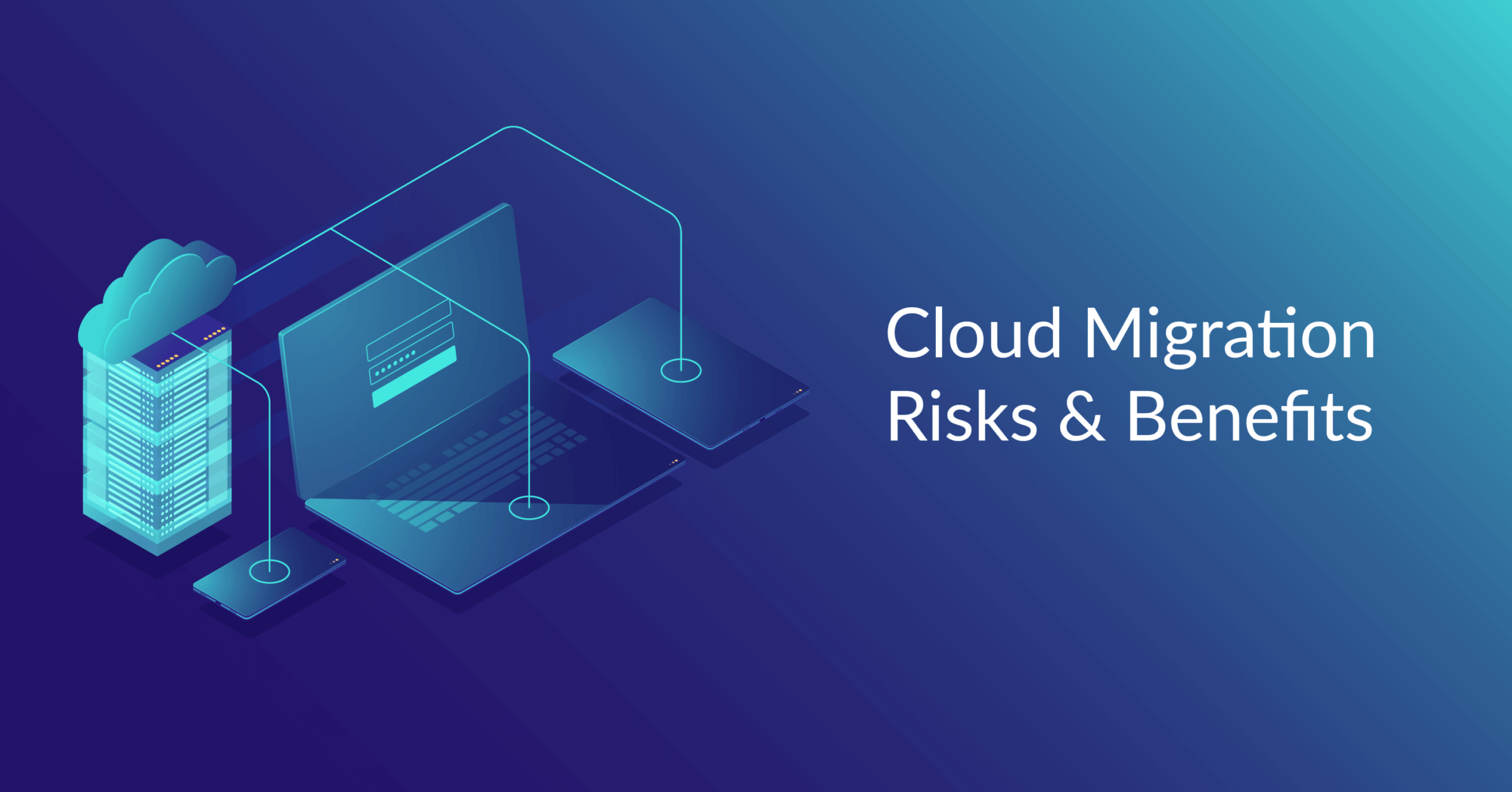
Cloud technology is one of the most dynamic and demanding technologies. A large number of businesses today rely on cloud computing setup carried out by Cloud-based solution providers and software development companies. Online collaboration and AI as a service have transformed traditional business models.
The majority of companies are considering cloud migration. There are many advantages, including increased performance, better disaster recovery, and faster development with this platform. Although every technology has its own hurdles, organizations and companies should take care of them before moving forward.
It can be extremely complex to migrate applications
to a cloud platform. In order to be successful, understanding web of critical
dependencies is important. Post-migration, you may encounter serious
performance issues if you don't do this.
Performance is affected by the fact that
applications have to get in touch with each other to exchange information
and/or call a service, which means that they have to use the WAN network. A
fair amount of chatter occurs between the server software and the client software
in certain legacy applications that now must also cross the WAN.
Make sure that your team understands your current application infrastructure well in order to prevent this situation. To ensure that application conflicts are prevented, you should examine previous integration efforts and use this information to simulate the migration process.
After the migration is complete, you may still run
into performance issues despite your best efforts. Cloud platforms, however,
reduce your IT team's ability to control applications directly.
Instead, they place that control in the hands of
your cloud provider. Therefore, you'll want to make sure you have the right
network monitoring and application monitoring tools in place before migration.
As a result, you will be relying heavily on your provider for troubleshooting, which will result in more tickets and lost productivity as a result of lagging support response times.
Application monitoring tools are essential, but
focusing solely on their health and performance without tracking adoption and
usage rates isn't enough to get the entire picture. It can be difficult to find
out about these patterns from performance monitoring tools alone.
You have to find the intelligence analytics metrics and
also implement monitoring tools for tracking them before migrating. Find out if
your planned setup can provide all the details needed to monitor your cloud
platform, and analyze which solutions will do so.
Migrating enterprise applications can take a lot of
time, depending on your approach. The process is likely to take weeks, whether
you take a lift and shift, a refactoring, or a rebuild route. Depending on how
long it takes, you may suddenly find yourself short of computing power.
It takes lots of time to move huge data and also
eats up considerable bandwidth. To ensure that your IT teams can make an
accurate prediction of migration time, make sure they analyze data and
bandwidth constraints prior to beginning the migration. An expert hybrid mobile app development agency knows how to handle it.
In a project of this type, team members are responsible for specific responsibilities. Nevertheless, each team shouldn't be too siloed, and there should be enough coordination to ensure that tasks and issues don't slip through the cracks.
Organizations have sensitive data, and identifying
them is crucial. Understanding the importance of secure cloud migration
practices begins by assessing the essential data and core services. However,
most programs that assess risk do not have a management plan that is reliable.
Identifying risks and implementing security policies
are critical to every risk management framework. Several types of risks
confront every organization, as described by research organizations. Strategic
risks, preventable risks, and external risks are among them.
The risks associated with data leaks and loss during
cloud migration can be minimized to some extent. However, central security
policies are needed for cloud migration.
Compliance
can be enforced and a secure access process applied across the infrastructure
which helps to reduce the risk of sensitive data being lost. In order to create
a centralized policy, you need to understand all the types of risks, critical
access points, and authentication methods.
Vendor lock-in should be minimized by cloud migration services.
You must realize this at the wrong time once you start your cloud migration.
Having the flexibility to change providers if necessary is also important. A
thorough review of your cloud goals, as well as evaluating providers that can
match them, should be the first step when evaluating CSPs.
Our experience has shown why moving to the cloud is such an essential
process for businesses, and how it can be challenging if not handled correctly.
Every transition involves costs in the early stages that must be handled by the
organization itself, from performance and security to employee resistance and
skills needed.
A digital future is inevitable, yet this move is strategic for
most organizations. To master it, we must take right steps towards choosing a top mobile app development company in India .
Please fill our form so that we are prepared with as much information of your project as possible. You can expect a reply within one business day.
 +91 8981313005
+91 8981313005We are all ears, waiting for you Give us a ring or email




© 2008 - 2023. Bhavitra Technologies Pvt. Ltd. All rights reserved.
CIN - U72300WB2015PTC207104